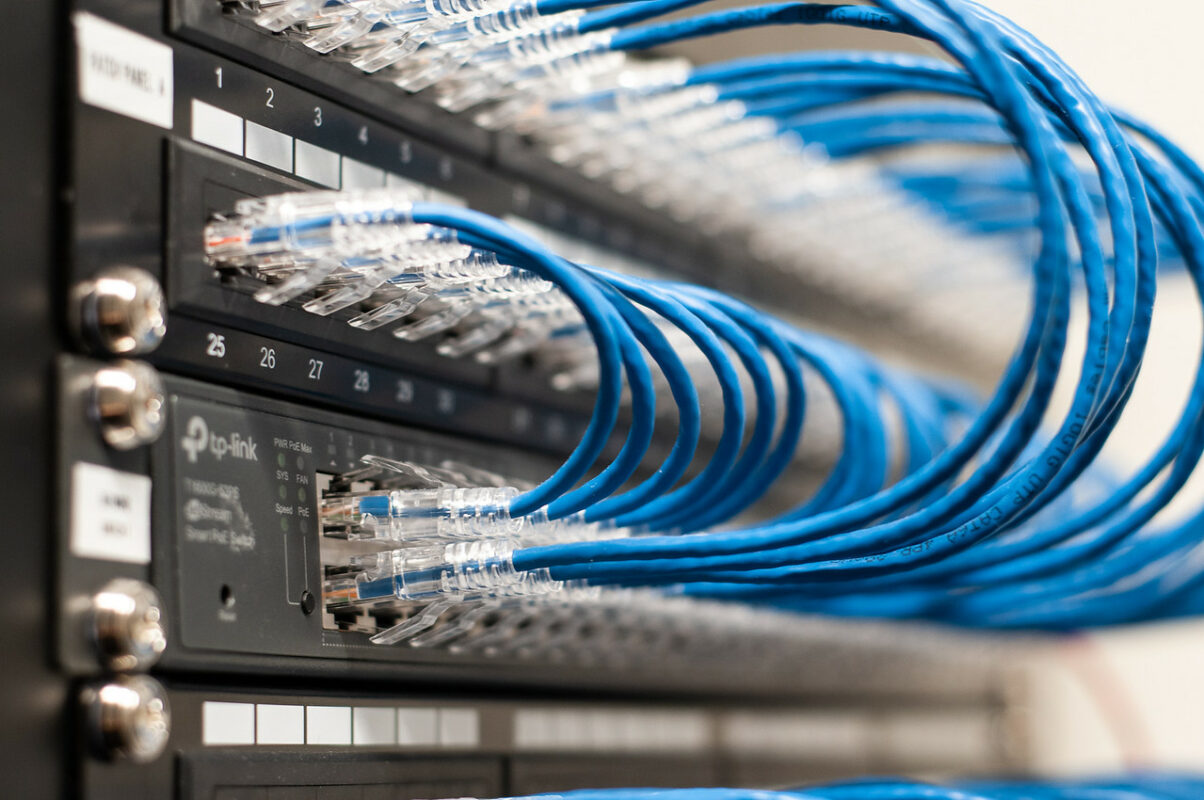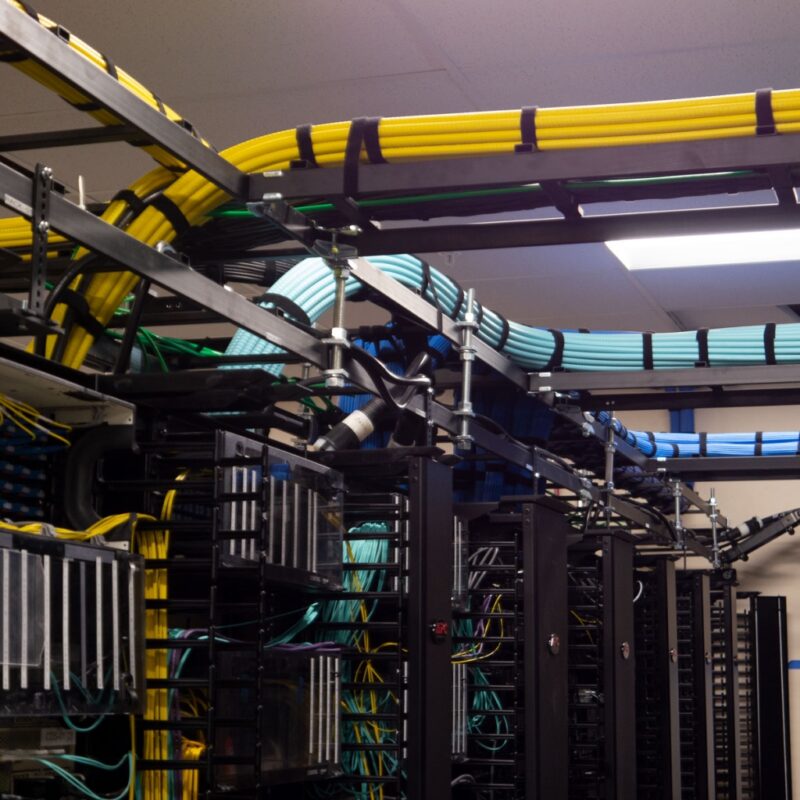STRUCTURED CABLING: WHY BUILD REGULATORY DATA NETWORKS
Companies that want to grow their business and keep their technology always up to date to stand out from the competition need efficient planning of their IT infrastructure. For this, it is important to invest in structured cabling and keep the organization prepared to meet new demands.
Structured cabling is a standardized method of cabling telephone networks, cables, and other data transmission means, considering national and international safety standards, as well as the best use of equipment resources and best practices in the area.
This system is based on the standardization of interfaces and transmission means, which makes it possible to distribute cables and network services regardless of the space used or layout arrangement.
With this, the structure becomes more flexible and allows different applications in a single type of cable, which can be adapted to the different needs of the organization.
In practice, it is easier for companies to modify their physical structure and change the layout of the rooms, as the IT team can make changes to computers and other equipment quickly and practically.
To avoid failures such as damaged cables, and inadequate links, among other problems, there are some national and international standards that define the performance parameters necessary for the components. The main ones are:
- ANSI: regulates the devices that can be installed on a computer network. In large buildings, it determines installations related to fiber optic and twisted pair communication cables. ANSI 606, for example, states that telecommunications cables are white and connection cables are green.
- TIA: applies to installations in data centers, acting mainly on the availability and redundancy necessary for the operation of the infrastructure. The standard works with 4 different and independent tiers that can be divided into telecommunication, redundancy, architecture, structural, and electrical.
- EIA: is the standard equivalent to NBR 14565, which categorizes cabling according to the differences it can assume, such as bandwidth, attenuation, length, and performance.
- ISO: ensures the standardization of cables and works with connectors and network procedures in general.
- ABNT: regulates cabling in residential projects and determines procedures for installing home networks.
- IEEE: defines the standard for the operation of wireless networks and is the basis for the existence of Wi-Fi.
Regarding structured cabling, the national standards that are used with preference are ABNT NBR 14565, which specifies structured cabling systems for commercial buildings and data centers, and ABNT NBR 16264, related to structured cabling systems for homes.
The first is based on the international standards ISO/IEC 11801 and ISO/IEC 24764, which regulate cabling for commercial buildings and data centers, respectively.
BENEFITS OF STRUCTURED CABLING TO STANDARDS
Learn about the main benefits of investing in a structured cabling system following best practices:
IT INFRASTRUCTURE MANAGEMENT
An efficient cabling system facilitates the management of the IT infrastructure, as it centralizes all the company’s network points in just one panel connected to hubs or switches.
Thus, it is possible to direct maintenance actions and isolate specific systems that are defective without affecting the availability of other services.
Likewise, upgrades can also be made faster and easier to integrate data, image and voice capabilities.
REDUCED FAILURES AND INCREASED NETWORK PERFORMANCE
Oxidation and breakage of cables and connectors are some of the main reasons for network failures.
However, these problems can be solved by a well-executed cabling, which also reduces the chances of having bad connections or poorly seated cables that cause connection failures.
Thus, professionals do not suffer from network outages and can carry out their activities on time, optimizing productivity and increasing customer satisfaction.
AGILITY IN UPDATES
Structured cabling is carried out in accordance with international standards and, in this way, the company is prepared to adopt the best technologies on the market, as the new solutions are developed based on the specifications recommended by the sector’s international standards.
Thus, when implementing new technologies, it is not necessary to make additional investments to adapt the infrastructure to the required requirements.
COST REDUCTION
In addition to reducing the need for future investments, with an organized and well-identified network infrastructure, it is also possible to reduce the need for cable maintenance , reducing expenses.
When it is necessary to carry out system maintenance, the service can be done quickly and objectively, as the equipment will be properly organized and identified.
STRUCTURED CABLING SOLUTIONS
An efficient structured cabling solution goes beyond ensuring an IT infrastructure suitable for the company’s current scenario.
The system is executed taking into account the business growth potential and plans for the future, supporting the modernization of equipment and the hiring of new professionals.
IB Tecnologia employs in its projects the most modern optical network architectures that simplify the network infrastructure, especially that necessary for large horizontal areas or vertical installations, typically in buildings.
Structured cabling networks are associated with maneuvering flexibility, high performance and modular expansion capacity, according to the needs of each customer.
In compliance with NBR 14565 and TIA568-A/B, TIA569-A/B regulations, both in Cat. 5 and/or Cat. 6, for metallic cabling, as in Cat. 7, for optical cabling, IB Tecnologia is certified by the main manufacturers of connectivity solutions, which enables it to design and execute the complete installation of the solution.












